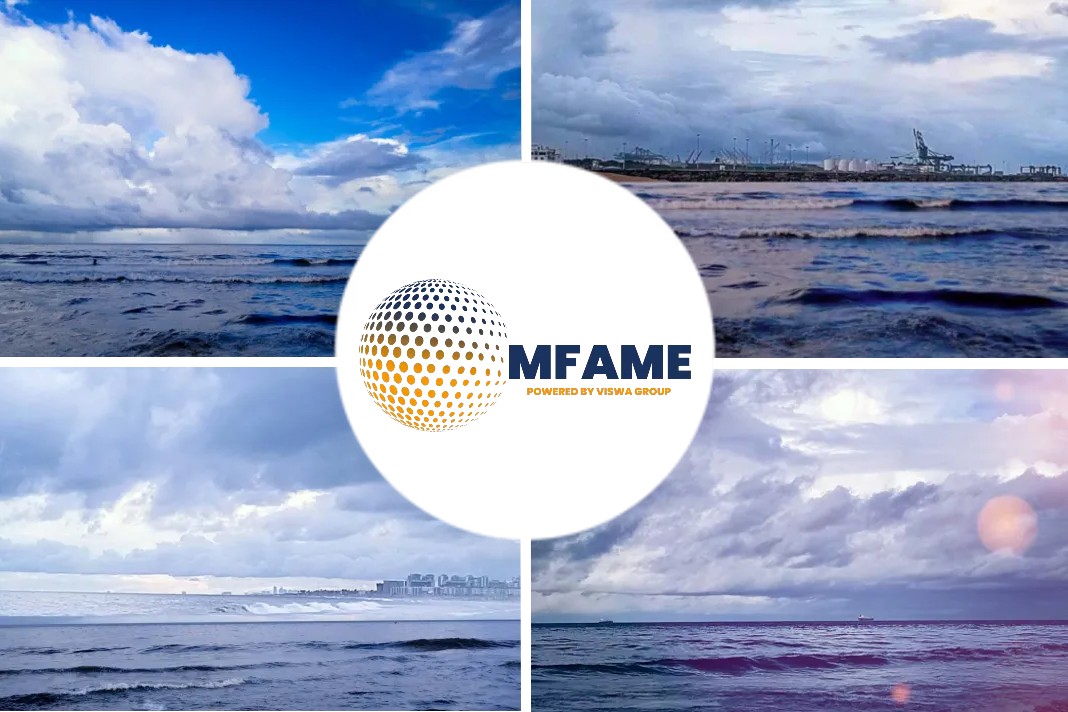- Product-tanker spot rates have risen when freight rates are collapsing.
- LR2s with a capacity of 80,000-119,999 DWT is now around $26,000 per day.
- MRs with a capacity of 25,000-54,999 DWT are now earning $15,000-$18,000 per day.
- Scorpio Bulkers reported a net income of $12 million for the fourth quarter of 2019 versus a net loss of $17.7 million.
- Attacks on the Saudi facilities cut that country’s products exports by 600,000-1 million barrels per day.
- Coronavirus outbreak in China is having a highly negative effect on shipping sectors.
According to an article published in Freight waves and authored by Greg Miller, product tankers rates are holding firm despite the coronavirus and other turbulence.
A rise in tanker rates
Product-tanker spot rates have risen sharply over the past week, continuing a run of strong performance at a time when freight pricing in many other vessel categories has collapsed.
“The fourth quarter displayed significantly improved market conditions across all product market segments, showing increased rates at levels not enjoyed since 2015,” said Lars Dencker Nielsen, a chief commercial officer of product-tanker owner Scorpio Tankers, on the company’s quarterly conference call on Wednesday.
Commenting on the current reporting period, Scorpio Tankers President Robert Bugbee asserted, “It’s going to be the best quarter the company has had for a considerable amount of time.”
Spot rates statistics
- Nielsen said that spot rates for LR2s (Long Range 2 tankers, with capacity of 80,000-119,999 deadweight tons, or DWT) are now around $26,000 per day.
- In the fourth quarter, Scorpio’s LR2s averaged $24,987 per day, up 54% year-on-year.
- Nielsen reported that MRs (Medium Range tankers; 25,000-54,999 DWT) are now earning $15,000-$18,000 per day.
- In the prior quarter, Scorpio’s MRs earned $17,261 per day, up 20% year-on-year.
Supply-demand optimism
The core reason product-tanker rates remain profitable is “simple supply-demand fundamentals,” Nielsen said.
There have been a number of extraneous factors. In the positive column, geopolitical issues such as tensions with Iran, the attacks on Saudi oil facilities, and the COSCO tanker sanctions pushed crude-tanker rates into the stratosphere in the second half of 2019. That, in turn, compelled owners of LR2 product tankers to switch those ships to the crude trade. Scorpio estimates that 38 LR2s were removed from the products trade since the beginning of the fourth quarter. Fewer LR2s competing for product cargoes is better for rates (it takes three to six months to switch those ships back from crude to products).
In the negative column, Nielsen said the attacks on the Saudi facilities cut that country’s products exports by 600,000-1 million barrels per day in the fourth quarter. And refinery turnarounds in the Middle East have created “downward rate pressure” in February, while “above-average winter temperatures in the Northern Hemisphere have reduced heating-oil demand and curtailed opportunistic cargo trades,” he said.
That product-tanker rates are still firm and in the black despite all the headwinds is a promising sign, Bugbee said. “What this is telling you is that the underlying balance between supply and demand is very strong, and with no new orders, that’s really good,” he maintained.
Counterintuitive coronavirus effect
The coronavirus outbreak in China is having a highly negative effect on container shipping as well as the dry bulk, crude-tanker, and liquefied natural gas shipping sectors. But product tankers are different.
According to Nielsen, “In the short term, demand responds [to the virus] faster than supply. It’s unlikely that cuts in refinery runs in Asia will be enough to cover the loss in demand, and this surplus is going to hit the export market. Already today, Asian gasoline, jet fuel and diesel are all trying to find a new home in the West, creating new trade flows.”
“The first stage of [product-tanker effects from] demand disruption is counterintuitive,” said Cameron Mackey, Scorpio’s chief operating officer. “For container shipping or airlines, there’s an immediate step-function down. For us, it’s quite different, because refineries can’t slow down [output] so quickly, and we get disruptions and dislocations that are somewhere between neutral and positive [for rates]. Of course, in the medium to longer-term, demand destruction is problematic.”
According to Bugbee, “If there’s a market that’s less affected by the coronavirus and China, it’s the product market. If you have an extreme market like Capes [larger dry bulk vessels] where virtually the whole of the iron-ore trade is to China, that’s going to get hit. [In the tanker business] there’s much more demand to China for crude than for products. The product market is one of the least directly affected by what’s going on in China, although obviously if this continues for a long time there’s going to be headline demand destruction.”
Quarterly results
Before the market open on Wednesday, Scorpio Bulkers reported a net income of $12 million for the fourth quarter of 2019 versus a net loss of $17.7 million in the same period the previous year.
Despite all the positive rhetoric on the call, analysts had expected the company to earn considerably higher rates for its long-range tankers. Adjusted earnings of 23 cents per share came in at less than half the consensus forecast for 51 cents per share.
At midday, the company’s stock was trading at around $23 per share. The share price was up in the low single digits despite the massive earnings miss as a result of positive moves in the broader stock market.
Notwithstanding management’s claims that it’s not suffering from coronavirus fallout in the short term — and may actually be benefiting from the outbreak — Scorpio’s stock is down over 40% year to date. As is often the case in ocean shipping, equity pricing does not necessarily follow freight-rate trends.
Did you subscribe to our daily newsletter?
It’s Free! Click here to Subscribe!
Source: Freightwaves

















